Biceps Tendon Rupture
Biceps Tendon Rupture: This condition occurs when the tendon is detached from the bone and ruptures into the muscle belly. Most commonly affecting men more than women, between 40-60 years old. This can occur at an earlier age as well but is commonly associated with a traumatic event such as a fall or MVA.
This is diagnosed with an exam, in the office, and an MRI. The biceps brachii muscle can rupture proximally or distally. The muscle has two attachment sites proximally, on the shoulder, but only one attachment at the elbow, or distally. We prefer to see patients within 2 weeks of this injury for the best surgical outcome. Depending on age, pain and function, not every patient would be a surgical candidate. Sometimes with physical therapy and medication, patients can recover from this condition in 6-8 weeks.
With surgical intervention, the recovery is usually between 3-4 months. If the injury is prolonged longer than 4 weeks, a graft can be used to reattach the tendon. This can prolong recovery to roughly 4-6 months. This is an open procedure and requires occupational therapy to regain strength and range of motion.
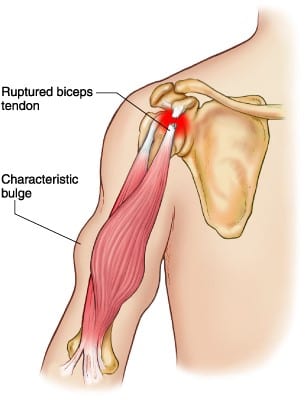
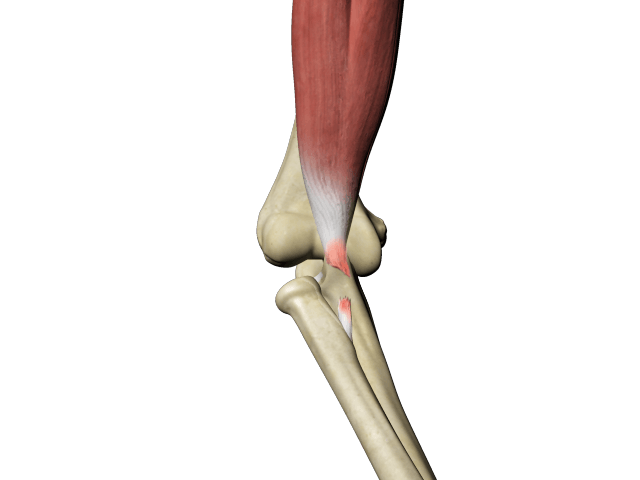
UCL Tear
UCL Tear: (Tommy John Injury) The Ulnar Collateral Ligament is the strong support for movement for the medial side of your elbow. (pinky side) This is most commonly injured in overhead throwing sports, predominantly baseball. This injury occurs primarily from overuse and repetitive stress but can be from a traumatic event as well. Often patients feel a “pop”, immediate pain and inability to throw.
A UCL tear is diagnosed on exam followed by an MRI or MR Arthrogram. If the UCL is torn, depending on the level of activity and sport, it’s not always necessary to repair. We recommend surgery to young, overhead athletes who would like to return back to sport. Often Hockey players, golfers, runners, soccer players and football players don’t necessarily need a repair. We recommend a short course of physical therapy and a brace for protection, depending on the activity level.
Surgical repair for the UCL is an open procedure involving a graft from either the hamstring or palmaris longus (wrist tendon). Dr. Nicholson estimates recovery time, for a complete tear, between 9-12 months. For a partial repair, we use an “internal brace” and recovery time is escalated between 6-9 months.
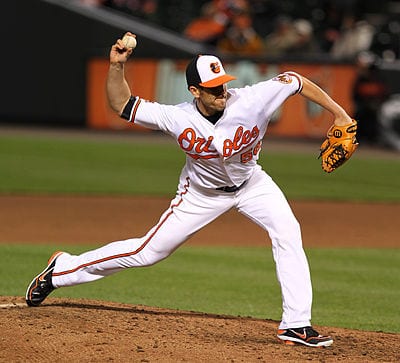
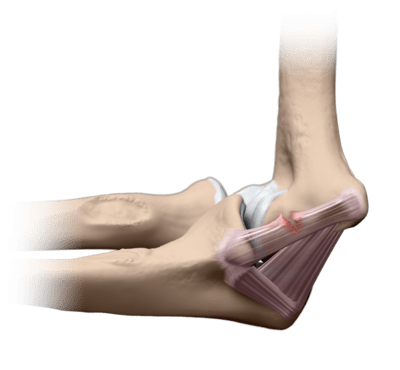
Posterior Impingement
Posterior Impingement: This is a condition that can be caused by repetitive sport such as swimming or tennis, or a traumatic hyperextension injury such as a fall or car accident. Symptoms are associated with a “locking” feeling, limited range of motion, pain and difficulty with strength. We diagnose this injury with an exam in the office and radiographic images or MRI. This injury can be caused by either inflammation within in the joint, bone spur, cartilage loose bodies or bony loose bodies.
Treatment usually begins conservatively with rest, ice, bracing, physical therapy and medication. If conservative treatment fails, an arthroscopic procedure can be performed to remove the loose bodies or bone spurs to allow for better, pain free movement. Dr. Nicholson estimates recovery time between 3-6 months to regain range of motion and strength with physical or occupational therapy.
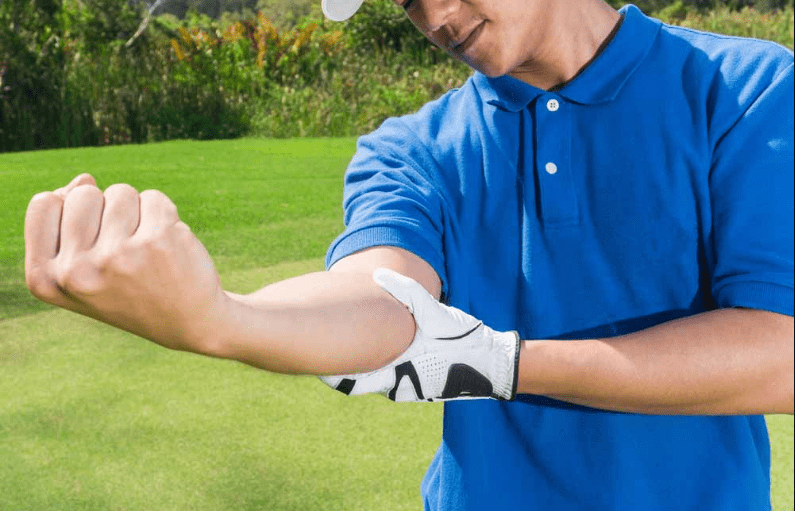
Ulnar Nerve Entrapment
Ulnar Nerve Entrapment: Also called ulnar neuritis, occurs when the ulnar nerve is being compressed or trapped. This causes radiating symptoms down the arm such as numbness and tingling on the pinky side of the hand. This nerve is in a vulnerable position where it can be exposed easily and injured by hitting it directly or stretched from an injury. There are cases of this nerve subluxing out of the groove, which is problematic if it causes residual pain and neurological symptoms. Often, anatomical changes such as a bone spur, arthritis, swelling or repetitive movements can cause this injury.
This is treated conservatively when initially diagnosed with medication, occupational therapy and bracing. Surgical treatment is recommended when the a patient fails conservative treatment, begins to develop atrophy of muscles or has been prolonged symptoms for over 3 months. The surgical procedure is called an open ulnar nerve transposition, where the nerve is moved out of a position where it is compression, i.e. the groove. Dr. Nicholson estimates recovery time for this procedure between 8-16 weeks, involving bracing and occupational therapy.
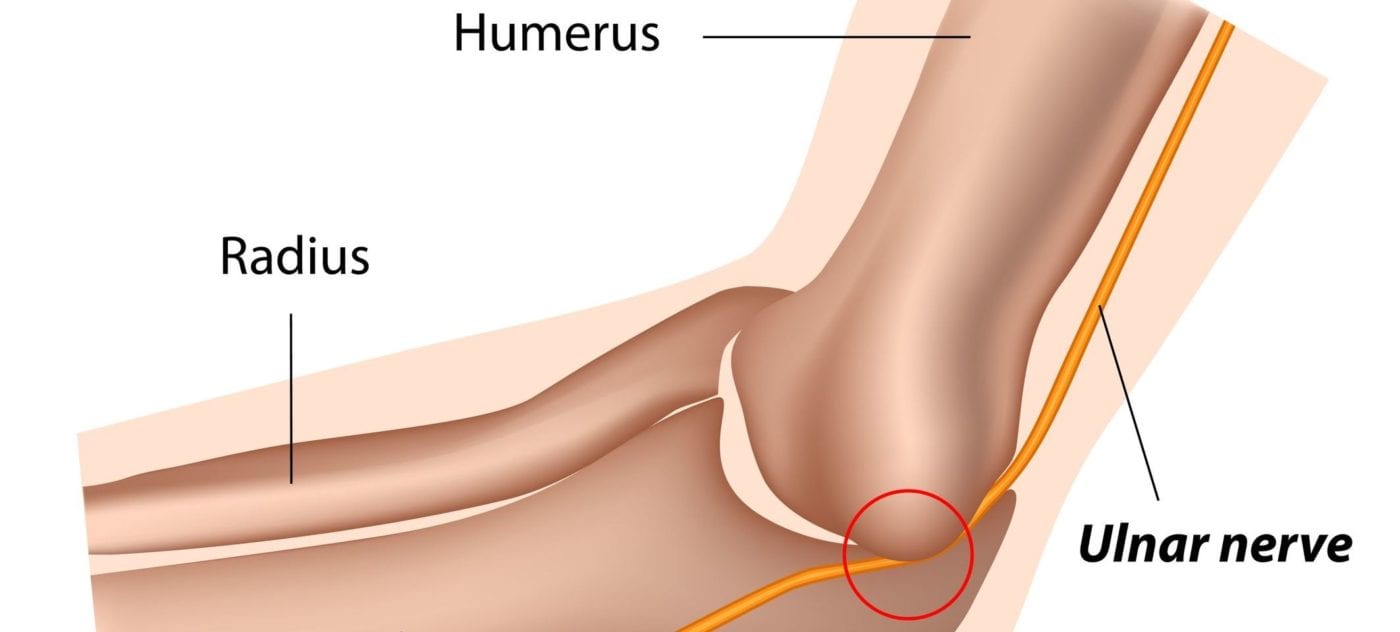
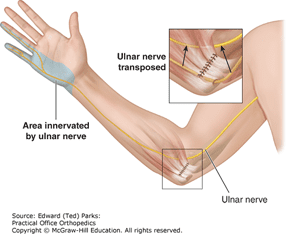
Tennis Elbow
Tennis Elbow: Often called Lateral Epicondylitis, affects the elbow associated with extension movement of the wrist. The cause of tennis elbow is often from repetitive stress on the extensor muscle group, like when winding up to swing a racquet. Most symptoms include pain on the lateral side of the elbow (thumb side), difficulty with strength or grip weakness and radiating pain from the elbow down to the hand.
To diagnose, we examine the elbow and order either radiographic imaging or an MRI. Advanced imaging will determine the level of inflammation, strain level of the tendon or determine if there is a tear of the muscle. Non-operative treatment is recommended to start with bracing, medicine and physical therapy or occupational therapy.
If a patient fails conservative treatment after 8-12 weeks, surgical intervention may be recommended. A Lateral Epicondyle debridement or repair is often recommended by Dr. Nicholson, depending on the severity of the injury, and recovery ranges from 3-6 months.


